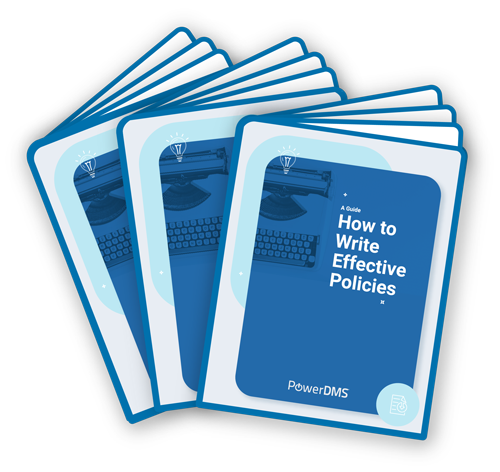Some have argued that this may prompt addicts to seek out another fix after Narcan wears off.
Other critics worried that making naloxone widely available could encourage drug users to push the limits.
However, most law enforcement leaders argue that the potential to save a life far outweighs these potential risks.
In an article on EMS1, Michael Gerber warns against using Narcan reflexively in every potential overdose situation.
“The primary danger with naloxone is that law enforcement officers … sometimes jump to use naloxone without fully evaluating their unresponsive subject.
With the rising cost of the drug, other medical options may be just as effective and more practical.
However they choose to use Narcan, law enforcement agencies need to remember that it is not a cure-all for substance abuse.
Narcan can save lives, but it doesn’t cure addiction. Officers may find themselves using naloxone on the same person over and over again.
True community policing requires agencies to work to address the root problems of addictions.
Police departments need to work hand in hand with other organizations to help with addiction education, prevention, and treatment.
The importance of Narcan policy and training
Like any law enforcement program, overdose reversal should be governed by thorough policy and training.
Most U.S. states now allow law enforcement officers to administer Narcan, but a handful of states don’t.
Departments should make sure policy about overdose response complies with state and local laws. This should include Good Samaritan laws that protect overdose victims or bystanders who administer naloxone from prosecution.
The Bureau of Justice Assistance suggests training officers in naloxone use at least annually.
Narcan policy and training will differ between departments. But law enforcement agencies can collaborate with local health care organizations, EMS agencies, or departments of health to provide Narcan training to officers.
Narcan policy and training should address issues including:
- A basic overview of drug abuse and addiction
- How to recognize the symptoms of overdose
- When and how to administer Narcan
- What dosage of naloxone is necessary
- How to work with people coming out of an overdose
- What to do once the subject is stabilized (how to follow up with emergency medical services, addiction referral programs, etc)
Narcan training should include some sort of hands-on opportunity for officers to practice administering the drug.
It can typically be completed relatively quickly – the BJA estimates that naloxone training usually lasts anywhere from 40 to 90 minutes.
At the end of the training, officers should walk away with the proper documentation authorizing them to possess and use naloxone.
The International Association of Chiefs of Police recommends that law enforcement agencies collect data on all uses of naloxone.
Recording the success of treatments can help researchers study the drug’s benefits and risks.
The IACP also stresses that police departments should continue to emphasize education, treatment, and other law enforcement methods to combat addiction and drug use.


